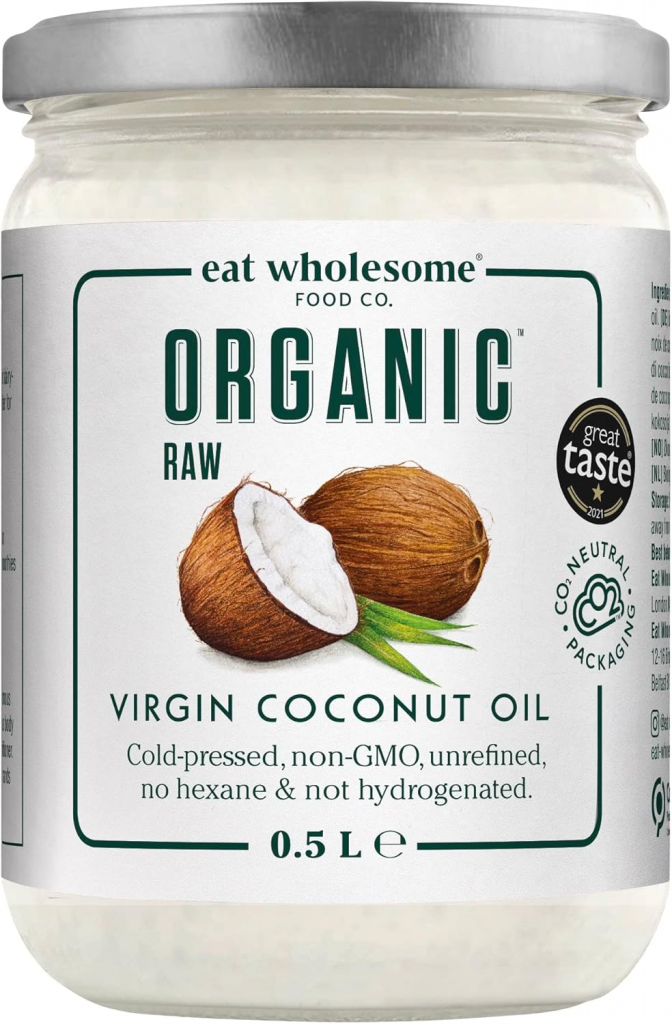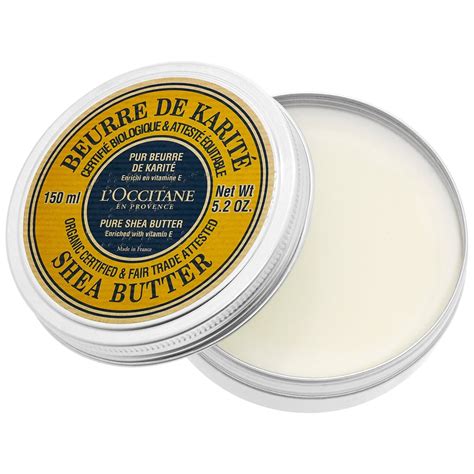
The Simple, Natural Hero I Keep Coming Back To
When I became a mum, I was bombarded with baby skincare products — balms, creams, lotions, sprays.
Some cost more than my own moisturiser.
But when my baby’s skin flared up with dry patches and cradle cap, the product that worked best wasn’t from a fancy brand.
It was a jar of raw virgin coconut oil sitting in our kitchen.
Here’s why I now tell every new mum: don’t underestimate the power of this simple, natural oil.
When I became a mum, I was bombarded with baby skincare products — balms, creams, lotions, sprays.
Some cost more than my own moisturiser.
But when my baby’s skin flared up with dry patches and cradle cap, the product that worked best wasn’t from a fancy brand.
It was a jar of raw virgin coconut oil sitting in our kitchen.
Here’s why I now tell every new mum: don’t underestimate the power of this simple, natural oil.
Why I Tried Coconut Oil in the First Place
To be honest, it wasn’t my first instinct.
I’d stocked up on all the baby-specific creams from the usual high street names.
But they either didn’t work or made things worse.
My baby had:
- Dry elbows and flaky arms
- A little cradle cap
- Mild nappy rash
My health visitor casually mentioned trying raw, unrefined coconut oil — and I had some organic virgin oil already at home for cooking.
Desperate, I gave it a go.
And within a few days, the difference was incredible.
How It Helped My Baby’s Skin
1. Soothes Dry Patches Instantly
Baby skin dries out easily — especially in winter or after baths.
Coconut oil just melts into the skin, leaving it soft, hydrated, and smooth.
No stinging, no perfumes, no irritation.
And it doesn’t feel greasy or sticky once it’s absorbed — just a lovely soft finish.
I started using it after every bath and noticed the dry spots disappearing quickly.
2. Helped Clear Cradle Cap Gently
I massaged a little coconut oil onto my baby’s scalp after bath time, left it for 10–15 minutes, then gently brushed with a soft baby brush.
The flakes lifted easily without redness or fuss.
It became our calm, quiet routine — and avoided the mess and tears we had with other treatments.
3. Soothing for Mild Nappy Rash
During a week of teething (and endless nappies), I used coconut oil as a barrier layer after every change.
It helped reduce redness and kept the skin feeling soft and calm.
Plus, it’s antibacterial and antifungal — great for keeping the area clean naturally.
4. Perfect for Baby Massage
Warm a little between your hands and it turns into a liquid — perfect for post-bath baby massage.
No overpowering smells, just that lovely gentle coconut scent.
It was the only thing my baby’s skin didn’t react to, and the closeness and calm it brought to our evenings became something I looked forward to.
Why I Keep Using It (Even Now)
- One product, multiple uses: Nappy balm, massage oil, moisturiser, cradle cap remedy, even for my own hands.
- Totally natural: No chemicals, fragrances, or preservatives — just pure, raw, unrefined coconut oil.
- Affordable: A single jar lasts ages and costs far less than many baby-brand creams.
- Travel-friendly: I took one small jar on holiday and used it for everything — baby skin, dry lips, after-sun, even cooking!
What to Look For
Not all coconut oils are created equal.
Look for:
- 100% Raw Virgin Coconut Oil
- Unrefined and cold-pressed
- Organic if possible
Avoid anything deodorised or hydrogenated — it’s not the same.
I usually get mine from brands like Kiki Health, Coco & Co., or even Pukka — all widely available in the UK or online.
Things to Keep in Mind
- Patch test first: Natural doesn’t mean zero reaction. Try a little behind the ear or on the wrist first.
- Can stain fabric: It’s oil — don’t use near lovely white babygros or your best throw.
- Store it well: Keep the jar sealed and away from heat or direct sunlight.
Would I Recommend It?
100%.
If your baby has dry skin, cradle cap, or sensitive reactions to commercial creams — try a small jar of raw virgin coconut oil.
You might be surprised at how much it replaces in your routine.
Sometimes the best solution isn’t found in the baby aisle — it’s already in your kitchen cupboard.
Where I Get Mine

(Tip: Look for glass jars with a white solid texture — that’s the good stuff.)
